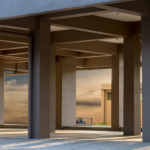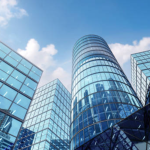
In this article, we will explore the various types of footings commonly used in construction. Footings are an essential component of any building or structure, as they provide stability and support by transferring the load to the underlying soil or rock. By understanding the different types of footings, builders and engineers can choose the most suitable option based on factors such as soil conditions, structural requirements, and building loads.
What is Footing?
In construction, a footing refers to the structural component that transfers the load from a building or structure to the underlying soil or rock. It is typically made of reinforced concrete and is designed to distribute the weight of the building evenly to prevent excessive settlement and ensure stability.
The primary function of a footing is to provide a solid and stable base for the structure above it. It helps to transfer the vertical loads, such as the weight of the building and its contents, to the ground. By spreading the load over a larger area, footings reduce the pressure on the soil, preventing it from becoming overloaded and causing settlement or structural damage.
Footings are usually located below ground level and are designed to support the foundation walls, columns, or piers of a building. They are sized and shaped based on factors such as the type of soil, the weight of the structure, and the design loads. The size and depth of the footings are determined by a structural engineer or geotechnical engineer to ensure they can safely support the loads imposed on them.
Basic footing design requirements:
A site investigation is required in order to determine the chemical and physical properties of the soil.
- Determine the amount and distribution of superstructure loads.
- Determine the best and most cost-effective foundation.
- Determine the excavation method and footing depth.
- Identify the maximum bearing pressure that can be used in the design.
READ ALSO:
- Tile Popping
- Grasscrete
- Reinforced Concrete
- Cement Plaster vs Gypsum Plaster
- Soil Testing Before Construction
- Tools for Tiling
Types of Footing
There are several types of footings used in construction, each designed to suit different soil conditions and structural requirements. Here are some common types of footings:
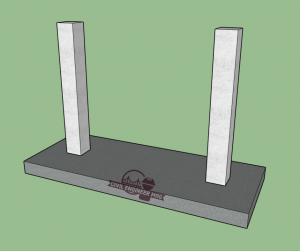
Combined footing – A combination footing is one that supports two or more columns. It is utilized when two or more columns are near to each other or when two or more individual column footings would overlap. The plan of a combined footing might be trapezoidal or rectangular. When one column’s load exceeds that of the other, a trapezoidal footing is provided.
Combined footings are used to transmit loads from closely spaced columns to the ground or when the column faces the plot border.
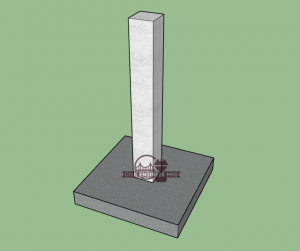
Isolated footing – One of the most common foundation types for supporting single-column arranged at a distance is an isolated footing. The isolation footing’s design must avoid exceeding its bearing capacity, provide protection against overturning or sliding, and prevent ground subsidence.
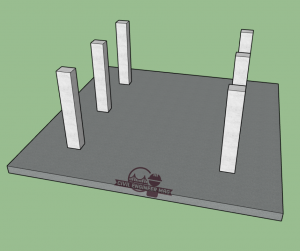
Mat or raft foundation – A mat foundation is a continuous slab laid on the ground that supports and transmits the structure’s weight to the ground. It helps in the alleviation of soil stress
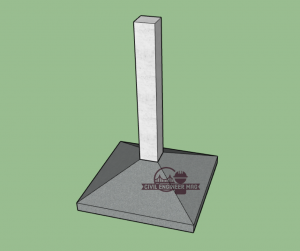
Sloped footing- Sloped or trapezoidal footings are carefully designed and built to maintain a top slope of 45 degrees from all sides. The sloping footing structure uses less reinforcement and concrete than the plain, isolated footing. As a result, it reduces the need for concrete and reinforcement.

Stepped footing – These types of footings were poured at different heights. Although this footer fluctuates in height with the ground, a complicated one appears as a series of steps. That is why it is called a “step footer.”
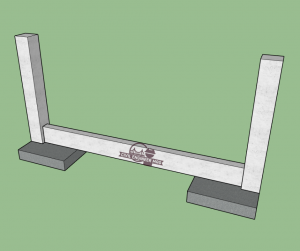
Strapped footing – It’s a type of composite footing made up of two or more column footings joined by a concrete beam. In a construction foundation, it is used to help distribute the weight of a heavily loaded or eccentrically loaded column footing to adjacent footings.
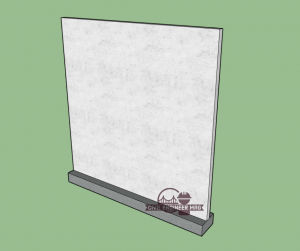
Wall footing/strip footing – These footings are used to support both structural and non-structural walls. The footing under the wall is thin and continuous.

